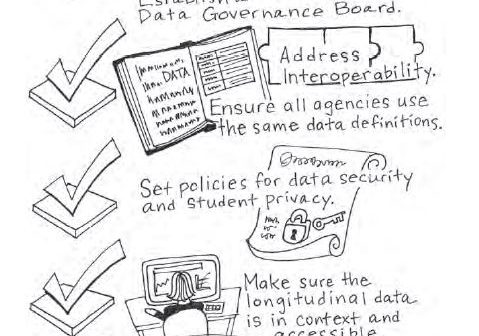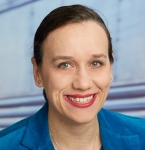SAS Voices
News and views from the people who make SAS a great place to workAs a linguist, I am fascinated with words, their meanings and use. So when I recently saw the words “learning analytics” in a conference paper title, I started thinking about the prevalence of the word “analytics” itself. In the last decade, we have preceded “analytics” with many modifiers referring to

In my first blog post in the Education meets Big Data blog series, I explained the need for Statewide Longitudinal Data Systems(SLDS). In the blog post following, I shared an interview with Armistead Sapp, one of the authors of the book, "Implement, Improve and Expand Your Statewide Longitudinal Data System." In this

Machine learning is all about automating the development process for analytical models. One way to extend the use of machine learning is to broaden your library of machine learning algorithms. Another way is to scale your machine learning process by reducing the time required to process machine learning algorithms on

“Garbage in, garbage out” is more than a catchphrase – it’s the unfortunate reality in many analytics initiatives. For most analytical applications, the biggest problem lies not in the predictive modeling, but in gathering and preparing data for analysis. When the analytics seems to be underperforming, the problem almost invariably

If you know me, you know two undeniable things (other than my love for froyo): I consider shopping a sport and I am an Analytics geek. Being an Analytics geek means that I see potential for using data everywhere, and never more than when it’s my data as a customer.

While discussing ways and means to improve Sales and Operations Planning (S&OP) and forecasting, many a time business executives ask “What can we do with social media?" This was definitely NOT a usual topic in S&OP forum just a few years back! Most of the time, I push back the




